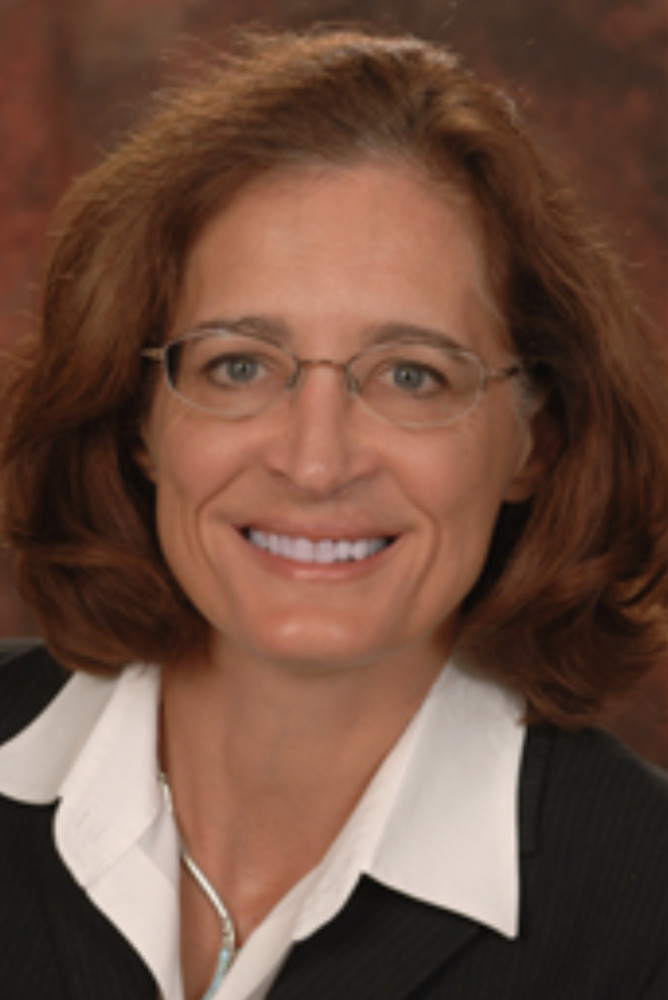By Paul Wood
The News-Gazette, Champaign-Urbana, Ill.
WWR Article Summary (tl;dr) Each week, News-Gazette staff writer Paul Wood talks with a different high-tech difference-maker. This week, meet DEBORAH THURSTON. The University of Illinois professor who has long researched sustainable practices in manufacturing is now working to apply that research within the industry as a part of the leadership team of the REMADE Institute, a coalition of universities, laboratories, and companies founded in 2017 that aims to reduce pollution and energy waste in U.S. manufacturing.
The News-Gazette, Champaign-Urbana, Ill.
How much funding do you have? Is it over several years? What will you do with these funds?
The Department of Energy has granted us $70 million, which is matched by another $70 million from our members, over five years. We are using the funds to support a broad range of industry/academic projects. Every dollar of federal funding is cost-matched by an industrial or other REMADE Institute member.
As one of five technical node leads, I’m just a small part of a very large team, spread across the country. Magdi
Azer at the UI’s Applied Research Institute is our chief technology officer and Nabil Nasr at Rochester Institute of Technology is our CEO. Our members include 32 industry partners, 11 trade associations, five national laboratories and 26 universities.
You say the whole idea is to help industries use the work that people in academia are developing bring it to the manufacturing plant floor sooner. How does academic work get stuck in the “Valley of Death,” and how do you get out of it?
A researcher’s job is to create new knowledge. Once we’ve done that, we publish our work in the public domain, and then continue working on expanding the knowledge frontier out even further. Then there’s a long lag time until others put that new knowledge into practice. REMADE is one of 14 Manufacturing USA Institutes whose mission is to escape the “Valley of Death” faster by connecting industry and academics much sooner to put this new knowledge to work.
How did you get your start in developing of design practices that make products more reused or repurposed?
I’ve always been fascinated by the decision mistakes we all make, especially tradeoffs under uncertainty. How is it possible that some really smart engineers have designed so many products that end up wasting so much energy and materials? I really want to help solve this problem.
What are the REMADE Institute’s goals at this time?
Our goals are to achieve as 30 percent increase in the use of recycled or remanufactured materials (resulting in a 30 percent decrease in the need for primary materials), and a 25 percent improvement in embodied energy efficiency within five years (and 50 percent improvement within 10 years). We’ll do this by finding ways to make recycled and remanufactured materials less expensive, more energy efficient and higher quality.
What’s your best advice for someone who’s starting up?
Hard work pays off.
TECH TIDBITS … from Deborah Thurston
Do you have interests in social media? The only social media I use is my phone, for real-time, synchronous conversations. So much gets communicated just by the sound of someone’s voice.
What’s your favorite app? Maps.
Book or Kindle? Book. And I still listen to vinyl.
Do you have any wearable electronics? My high-tech, programmable hearing aids. Worth every penny.
Do you have an entrepreneurial hero? We are all entrepreneurs in the “start-up” that is our life. Those I admire most are born with limited intellectual, financial or family resources, yet somehow maximize their potential.














































































































































































































































































































































































